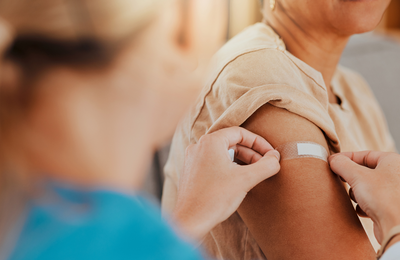
 Since 2013, PAHO/WHO has been implementing an initiative on indigenous populations and disaster risk reduction. It aims to increase knowledge and understanding of the disaster risks and needs faced by indigenous populations, as well as their accumulated experience in building resilience to disasters, towards collaboratively developing culturally sensitive tools to reduce disaster risk and better protect health during and after disasters. It also provides an opportunity to understand how traditional risk reduction practices may be incorporated into local community and national planning beyond indigenous institutions or projects.
Since 2013, PAHO/WHO has been implementing an initiative on indigenous populations and disaster risk reduction. It aims to increase knowledge and understanding of the disaster risks and needs faced by indigenous populations, as well as their accumulated experience in building resilience to disasters, towards collaboratively developing culturally sensitive tools to reduce disaster risk and better protect health during and after disasters. It also provides an opportunity to understand how traditional risk reduction practices may be incorporated into local community and national planning beyond indigenous institutions or projects.
Accordingly, there has been ongoing literature review, and initial engagement through a questionnaire and virtual (online) consultations with indigenous leaders in the Americas, and involvement in two global and one North American event dealing with indigenous issues. At this point, efforts are being directed at engaging with selected indigenous representatives throughout the Americas in a face-to-face Hemispheric Consultation.
This Consultation is being co-hosted by the Pacific NorthWest Border Health Alliance Indigenous Peoples Workgroup. It will be convened from 11 to 12 September 2014 in Vancouver, British Columbia, Canada. Participants are from countries that have high risk of disasters and the presence of indigenous populations: Belize, Bolivia, Canada, Dominica, Ecuador, Guatemala, Guyana, Honduras, Mexico, Peru, and USA.
Specifically, the Consultation will:
- Exchange experiences and good practices for reducing the health impact of disasters
- Raise awareness, on the part of risk reduction and health experts and indigenous peoples, of the importance and mutually reinforcing nature of collaboration and engagement on this issue
- Identify opportunities for future collaboration and establish mechanisms for longer term engagement to advance health disaster risk reduction in indigenous communities
- Identify recommendations to improve disaster risk reduction among the indigenous population of the Americas



